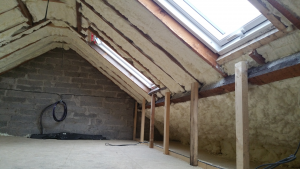Attic Spray Foam Insulation Kilcoole
3 Bed Semi Attic Insulation Kilcoole
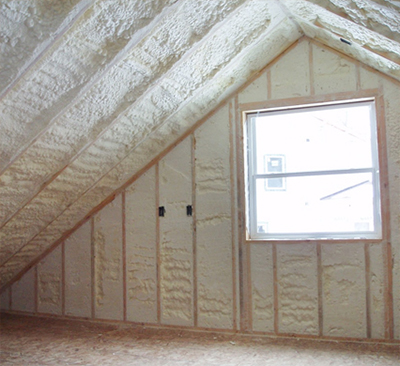
Attic Insulation Kilcoole
Spray foam can be useful in many conditions. Spray foam will benefit roofs and windows as well as interior and exterior walls.
Spray foam insulation will not only keep you home warm in winter, but will also keep it cool during the summer. Spray foam insulation allows the house to breathe because it allows moisture-laden atmosphere to escape through its “Cell” structure.
Benefits of Spray Foam Insulation for your home
Other applications include commercial and industrial buildings, agricultural farm houses, warehouses, commercial and industrial buildings as well as shipping containers, vessels and the refrigeration industry.
It creates an airtight barrier around your home, keeping out rain and cold winds. The heat will escape from your home, unlike other insulating items on the marketplace today.
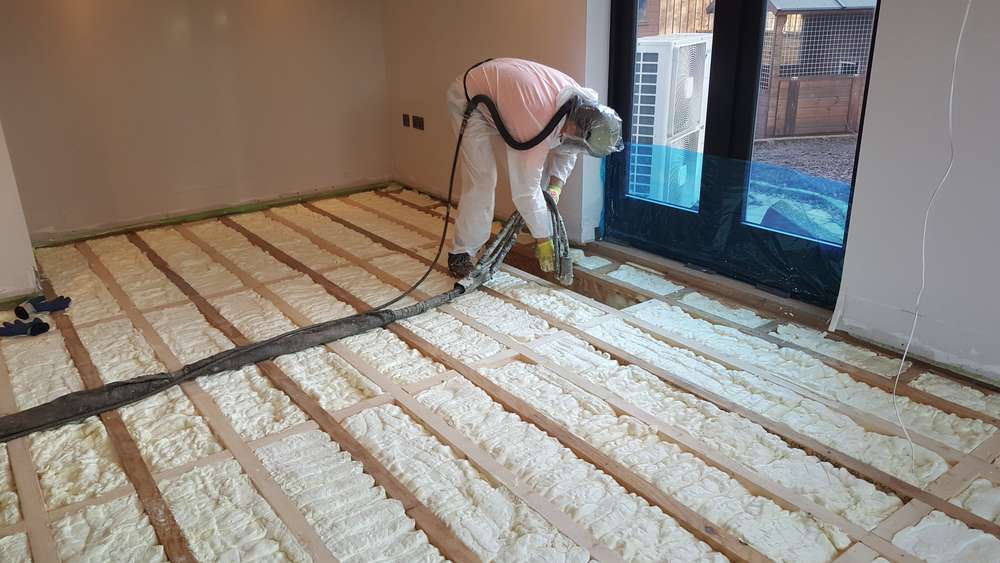
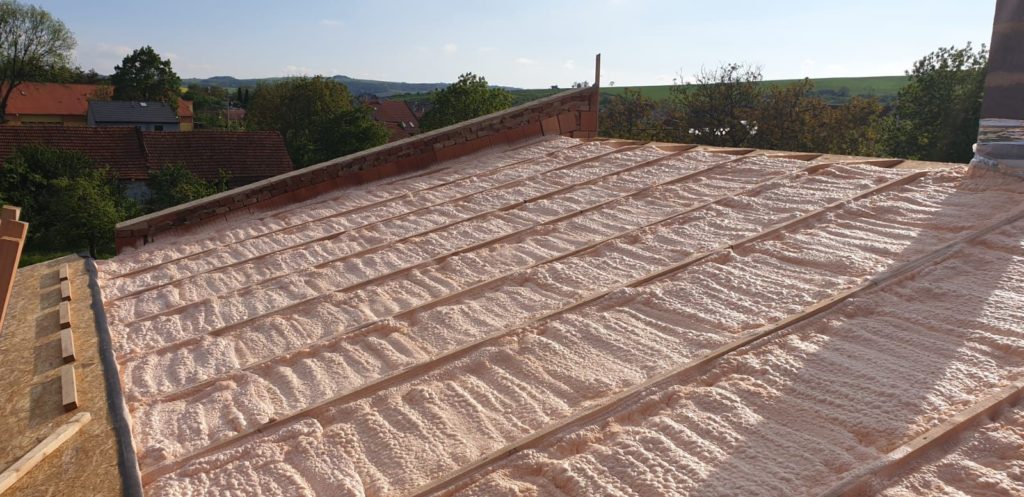
Cost Price Of Spray Foam Insulation
Spray foam insulation, which is the most effective insulation material, is undoubtedly the best. It has a higher insulating value than other materials like rock wool or fiberglass.
Spray foam insulation is also a good sound barrier. Spray foam insulation reduces outside noise significantly. This is especially beneficial for companies or homes located in densely populated areas or near airports.
Insulate Your Kilcoole Property Properly
It is often used to reduce sound travel from one room to another or between floors within the walls. It is ideal for bathroom walls as noises from the toilet and showers can often be irritating.
It is simple to use and won’t cause any disruption to daily life.
Traditional Irish homes can be insulate in just one day.
It reduces the noise of in-wall and under-floor pipes by encasing them and isolating them.
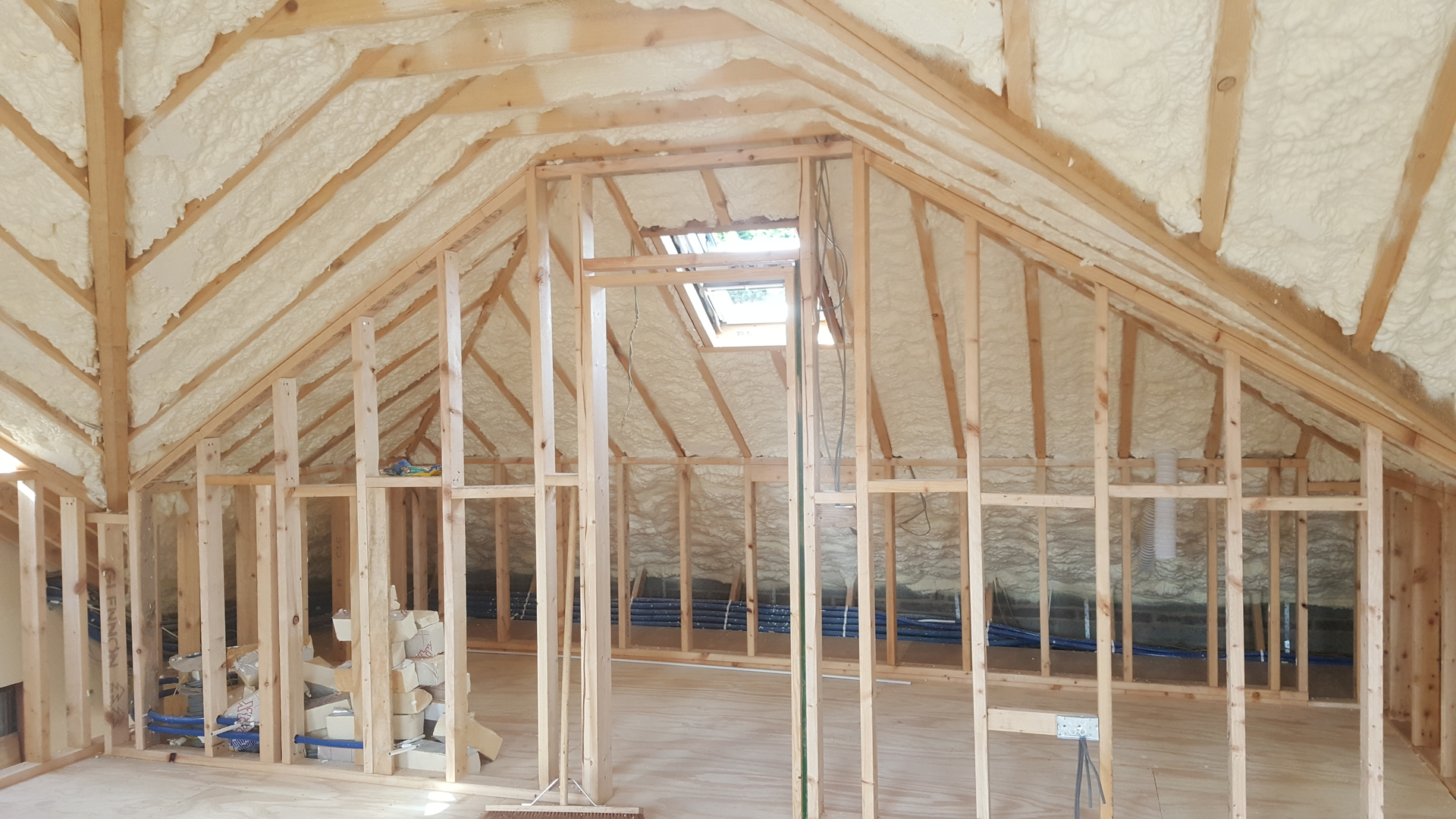
You will need to cover the joists with boards if you intend to store items in the attic or loft. Insulation will not be thick enough if you insulate only between the joists.
It is much more effective than fibreglass, rock wool or polystyrene panels when used inside walls, roofs, floors and attics. Its dense composition and the application process creates an entirely airtight environment. It blocks sound from outside, including traffic, pedestrianised streets, and areas near airports.
It also blocks sounds from a structure’s walls from reaching other floors, including the floors below. Spray foam insulation would dramatically reduce the noises that are often generated in a structure.
Spray foam insulation is flexible and filled with millions upon millions of microscopic air bubbles. This not only absorbs the vibrations and stops sound from passing through the floor, but also prevents sound from being transferred. Spray foam insulation reduces transmission of airborne sounds by sealing and filling every crevice.
Spray foam insulation is also effective in dampening, if no longer completely eliminating, any sounds that might be emanating from a floor like water running through pipes. It completely covers the pipes and prevents them from rattling. It also eliminates any sounds caused by hot water flowing from the heating system heating the wooded joints. They expand, creak or groan.
It also stops heat escaping from the upper floors. Lower floors become cooler which, in turn, requires more heat. Upper floors then become too hot.
If the loft has no condensation or damp problems and is easily accessible, insulation will be very easy.
An uninsulated home loses 25% of its heat through its roof. Insulating your flat roof, attic, or loft can help reduce heat loss and decrease your heating costs.
If you have access to your loft joists and it is easy to use, mineral wool insulation rolls can be used. The insulation begins by placing the first layer between the joists. These are the horizontal beams that form the loft’s floor. A second layer is then laid at right angles to cover and seal the joists.
In order to have enough insulation, raise the floor so that enough mineral wool can be fitted below the new floor. This can be done by installing timber battens along the joists or by purchasing purpose-built plastic leg that attach to the joists to support the new floor. It is essential to allow ventilation between insulation and boards in order to prevent condensation.
Do not squash the mineral Wool when fitting the boards onto the top. This will cause it to lose its insulation properties.
Insulation blocks heat escape from living spaces. Therefore, loft insulation will cool your loft space, which can lead to condensation or damp problems. You may need to increase ventilation if you install loft insulation yourself.
A second way to insulate your loft, is to install insulation between and over rafters. These sloping woods make up the roof. Either rigid insulation boards can be carefully cut to the required size or foam insulation can be sprayed between each rafter.
Some companies offer to fix a roof that is leaking or damaged by applying foam insulation directly to the roof. This will not solve the problem. This is not something that we recommend. You must ensure that your roof is in good condition before you apply insulation.
If you plan to use your loft for heating, you’ll need to make a room in the roof.
You must insulate your loft if you plan to use it as a living area or if you have one.
The air needs to move freely through your house in order to keep it fresh, dry and healthy. A professional installer will ensure that your house does not have any obstructions or seals. Do not cover grilles, airbricks, or vents if you are DIY-insulating.
If you have difficulty accessing your loft, a professional can install the appropriate insulation. The specialist equipment will blow the insulation material into any difficult space. They might use treated cellulose, mineral wool fibre or polyurethane foam.
Flat roof insulation may save you the same amount as loft insulation on your heating bills. The size of your flat roof will affect the savings.
If your loft is easily accessible, doesn’t have damp problems, and has a flat roof, it could be insulate yourself. If there are damp issues or more complex insulation needs, a professional should be hired.
Cold draughts could be caused by the cooler loft air. This can be prevented by installing an insulated hatch in your loft and putting strips of draught-exclusion material around the hatch edges.
Insulating your ground-floor is a great idea to keep your property warm and lower your energy bills.
Insulating your loft is a great way to cut down on heating costs and save energy. It also keeps the home warm in winter. Even if you already have insulation, it is crucial to have the best amount in order to make it effective.
Loft floor rolls: These are the most traditional option. They are rolled up along the loft’s ceiling. These are easier than insulated floor boards and require less tools and take less time to lay. They can be purchased as either loose (blanket), or encapsulated (blanket), and can be used to make both top and base layers. To create a storage platform, they can be boarded using stilts.
These tips and recommendations aren’t listed in this article’s tool and material list. Before you start insulation of your loft floor, make sure you have read all instructions.
Even though insulation is often present in homes, some may not be effective. This could be due either to storage boards being placed on top of it, or because the insulation has not been maintained for a long period. Older properties may have a loft floor as low as 25mm deep.
It’s not necessary to remove loft floor insulation. You can simply add one or two layers of insulation to the loft floor to achieve the recommended amount. We will discuss how much to recommend in the next section.
The spacing of your loft floor’s joists will determine the width roll you choose. This is because insulation is rolled between these joints. We recommend that you choose one that is as close as possible to your joist spacing. This will minimize the need to trim excess.
The insulation’s thermal resistance. Alternativly, you can measure the insulation’s thickness if you are only laying loft rolls. Refer to the section titled “How to calculate the loft floor insulation thickness required” for more details.
Areas We Service
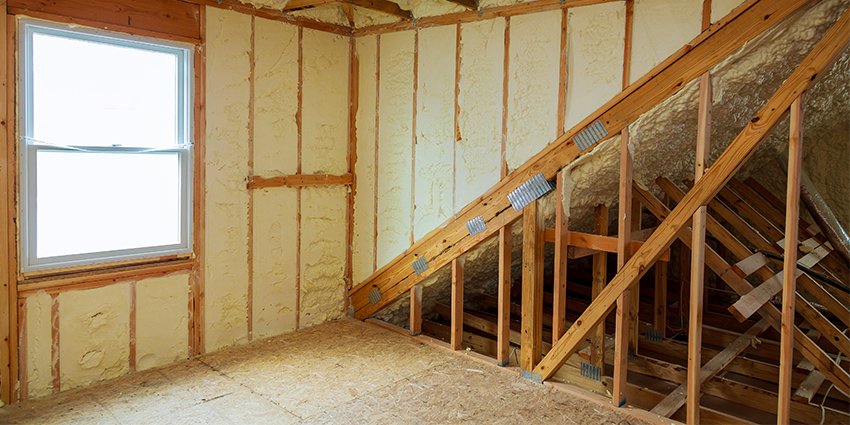

Parkhill, Dublin
01 5255297
